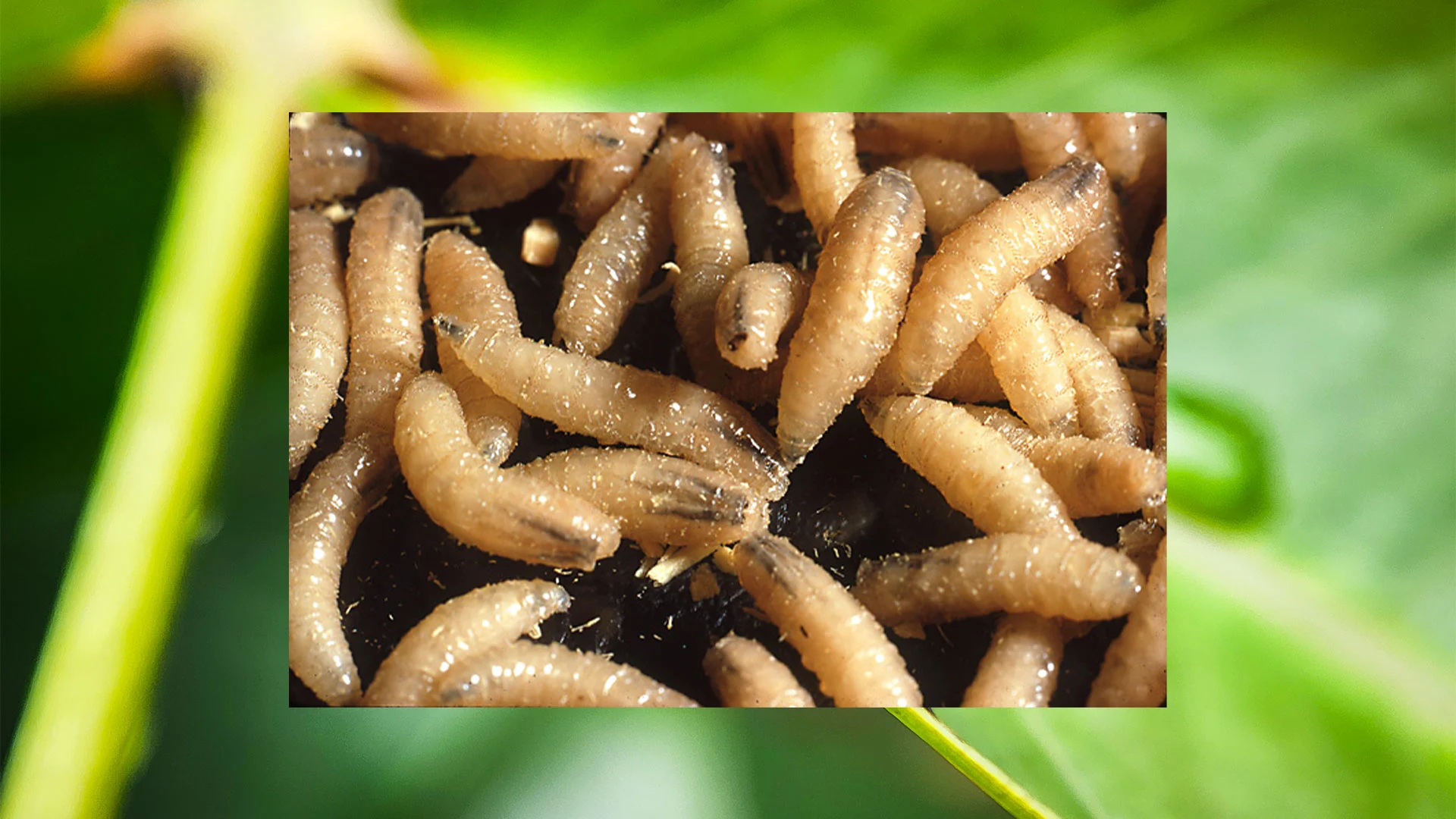Public health authorities in the United States have confirmed the initial recorded instance of a person being infected by the flesh-eating screwworm parasite, marking an important event in the country’s health history. The announcement came from the Department of Health and Human Services (HHS), which verified that the infection was discovered following the identification of atypical symptoms in a patient who had recently received medical attention.
The screwworm parasite, a fly larva that invades wounds and consumes living tissue, is known for its destructive effects on both animals and humans. While it has historically been more common in tropical and subtropical regions, its emergence in the U.S. represents an unusual and troubling development. The case has raised urgent questions among medical researchers, veterinarians, and public health authorities about how the parasite reached U.S. soil and whether additional cases could follow.
According to HHS, the patient’s condition was identified after medical specialists observed progressive tissue damage inconsistent with typical bacterial infections. Laboratory testing confirmed the presence of Cochliomyia hominivorax, the species responsible for screwworm infestations. This discovery has triggered immediate action from health agencies, including a detailed epidemiological investigation and coordination with veterinary authorities, since the parasite is known to affect livestock as well.
Historically, screwworm infestations in the United States were seen as eradicated after comprehensive control efforts starting in the mid-20th century. By releasing sterile flies and employing other biological methods, agricultural authorities were able to remove the parasite from livestock within the country. For many years, the U.S. was viewed as free from the screwworm risk; however, occasional introductions from nearby areas have continued to be a persistent danger. The recent confirmation of a human case now implies that surveillance systems need to stay alert.
Medical experts emphasize that while the infection is rare, the consequences can be devastating if left untreated. The larvae feed on living tissue, which leads to painful lesions, progressive tissue loss, and, in severe cases, systemic complications. Treatment typically involves the careful removal of larvae, wound management, and targeted medication to prevent secondary infections. In the recent case, HHS reports that the patient is receiving appropriate care and that the infestation was caught early enough to reduce long-term damage.
Apart from the direct health consequences, identifying screwworm in a human patient highlights wider issues related to worldwide health and environmental transformations. Rising international travel, movement of animals across borders, and changes in climate have been recognized as elements that may aid in the expansion of parasites and diseases spread by vectors into areas where they were once managed or non-existent.
Investigation experts caution that the return of parasites like the screwworm underscores the link between human and animal well-being. Initiatives that track the health of livestock and wildlife are vital not just for farming but also for stopping zoonotic diseases in people. This comprehensive “One Health” approach—melding veterinary care, human healthcare, and ecological observation—is gaining recognition as a fundamental aspect of contemporary public health.
Agricultural industries are similarly monitoring the situation carefully. For quite some time, the livestock sector has been mindful of the threats presented by screwworms, as outbreaks can cause significant financial damage by harming or causing the death of animals. Officials are currently assessing precautionary measures, such as livestock examinations and quarantine practices, to reduce the likelihood of the parasite re-establishing in the United States.
The Centers for Disease Control and Prevention (CDC) has joined HHS in issuing advisories to healthcare providers and veterinarians, urging them to remain alert for possible cases in both humans and animals. While experts stress that the risk to the general population is currently low, the unusual nature of the detection calls for heightened awareness. People who have traveled to or from regions where screwworm remains endemic are encouraged to seek prompt medical attention if they notice unusual wounds or tissue reactions.
The verified situation has reignited debates about the ongoing complexities of managing parasites in an evolving environment. As world temperatures climb and habitats transform, parasites and their insect carriers are expanding into regions previously deemed unsuitable. This development suggests that other overlooked or tropical illnesses may progressively establish themselves in North America and Europe.
At present, health authorities are focusing on managing the situation, identifying the infection’s source, and making sure the patient fully recovers. Although it is premature to decide if this was an isolated case or part of a larger resurgence, specialists concur that the event should be considered a cautionary alert. Ongoing funding in public health monitoring, tracking animal health, and international collaboration will be crucial to avert similar occurrences in the future.
The emergence of the flesh-eating screwworm in a human patient in the United States is not just a medical anomaly but a stark reminder of the fragile balance between humans, animals, and the environment. It highlights how quickly eradicated threats can resurface and why preparedness, vigilance, and integrated health strategies are more important than ever in protecting both human and animal populations.





